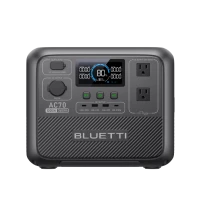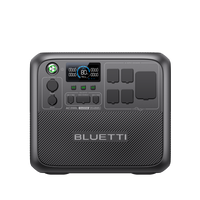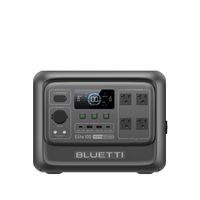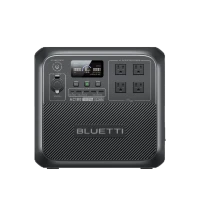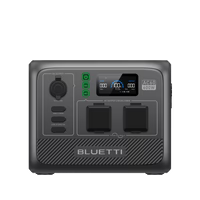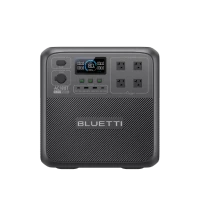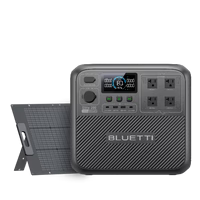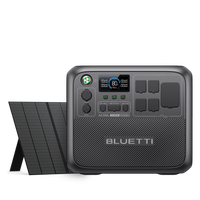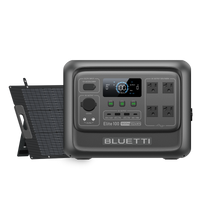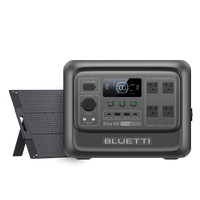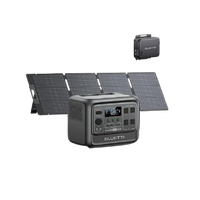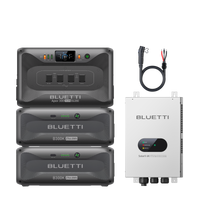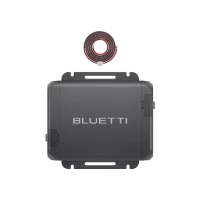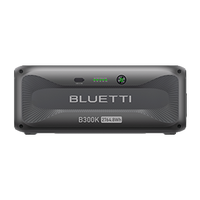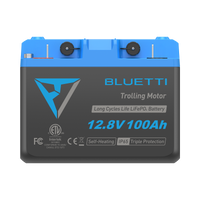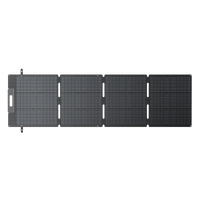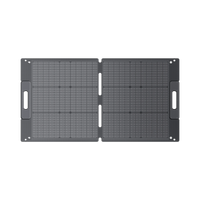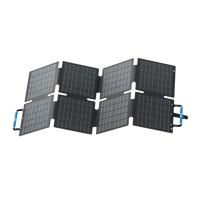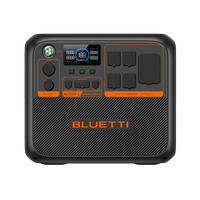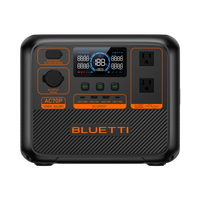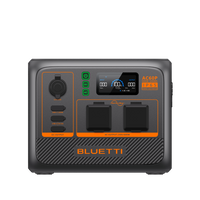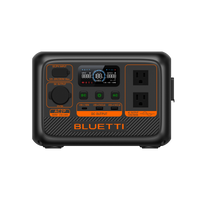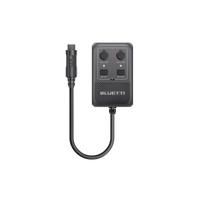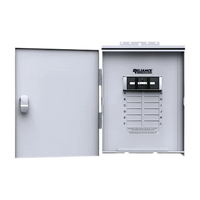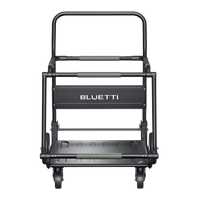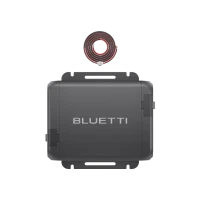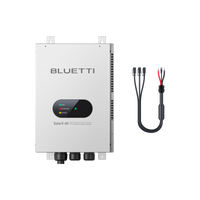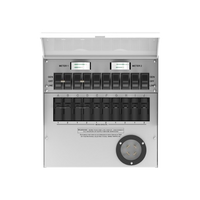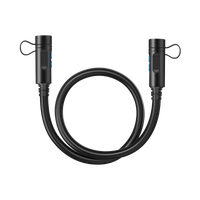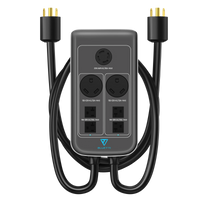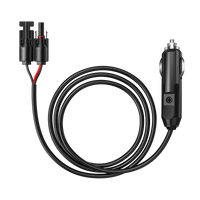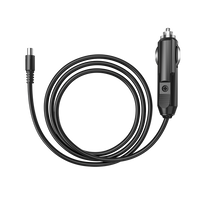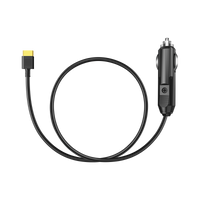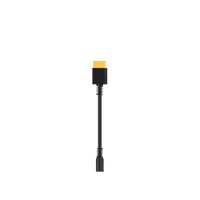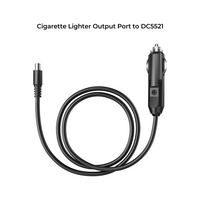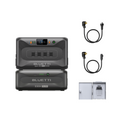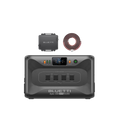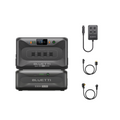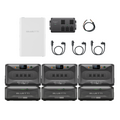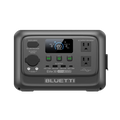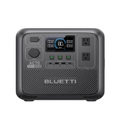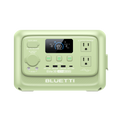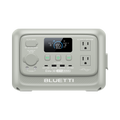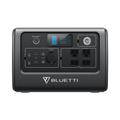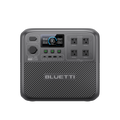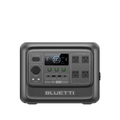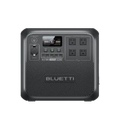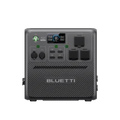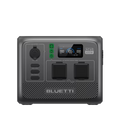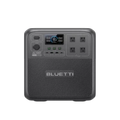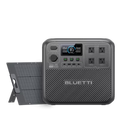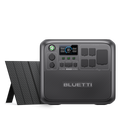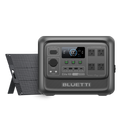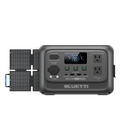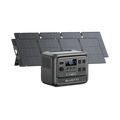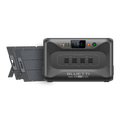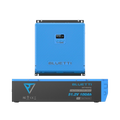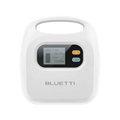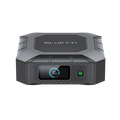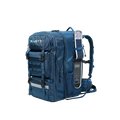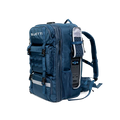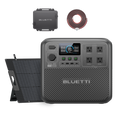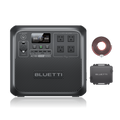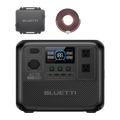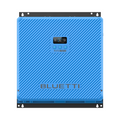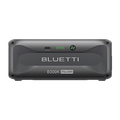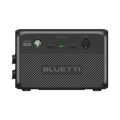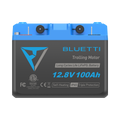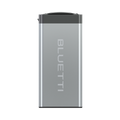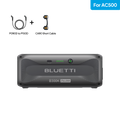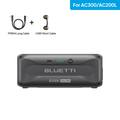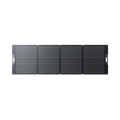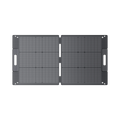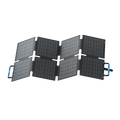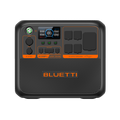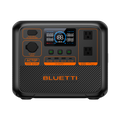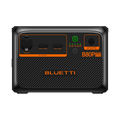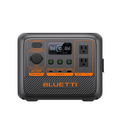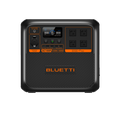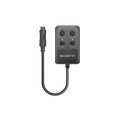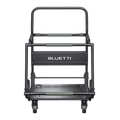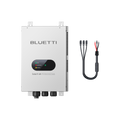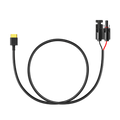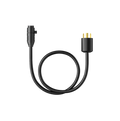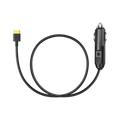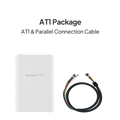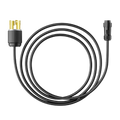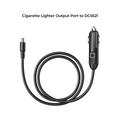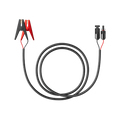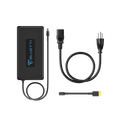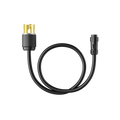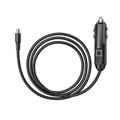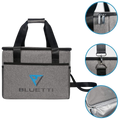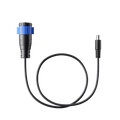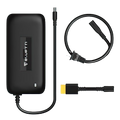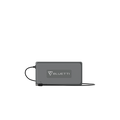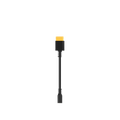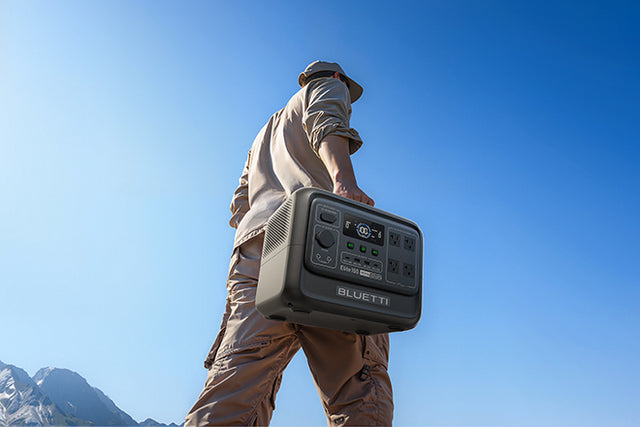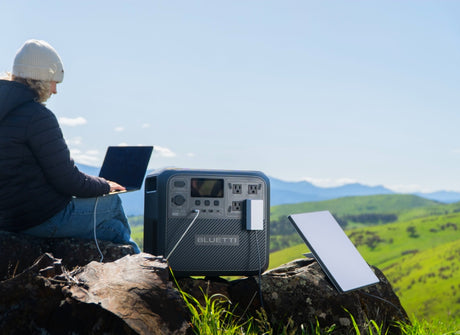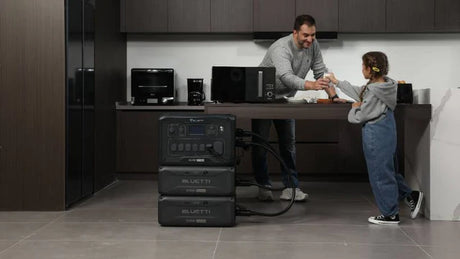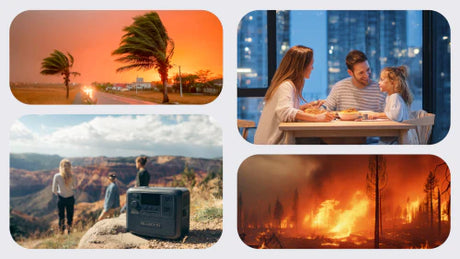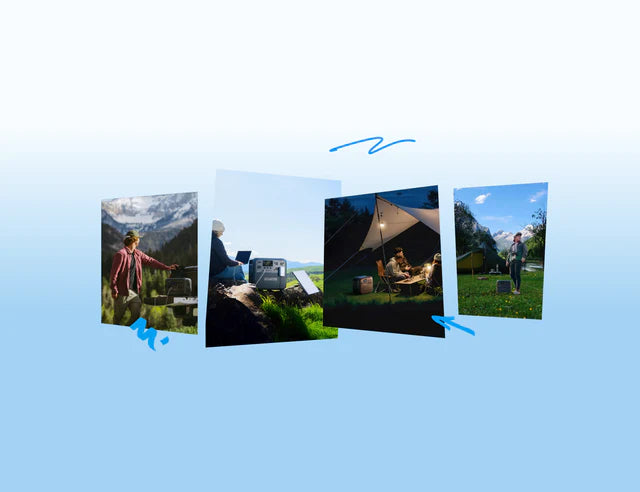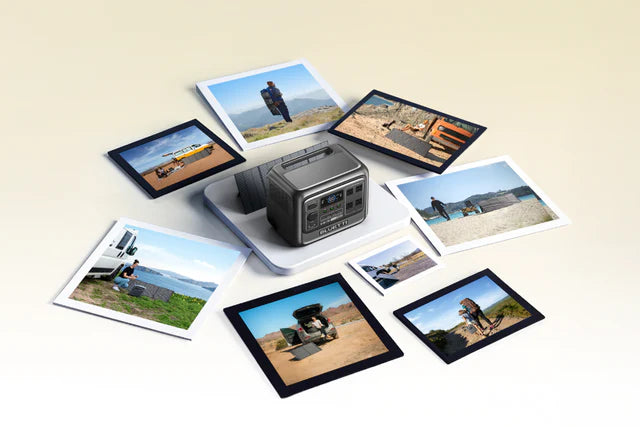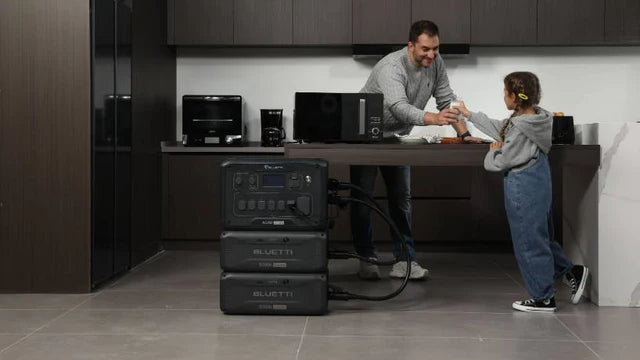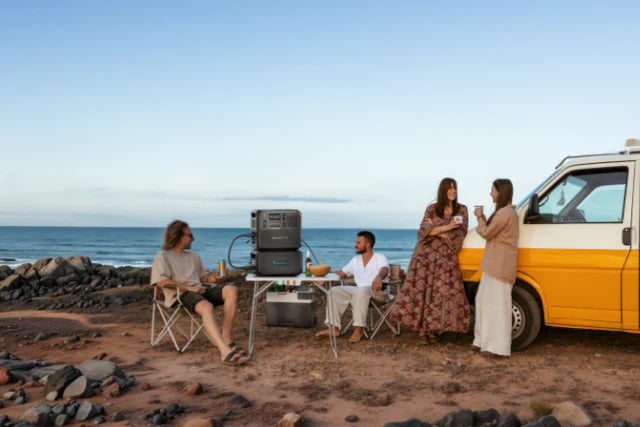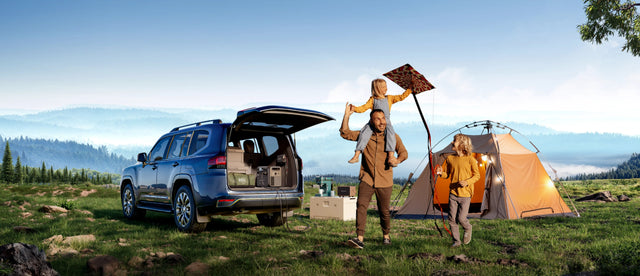The best thing to do in the event of an emergency to protect yourself and your family is to have a 72-hour emergency kit available and ready. Often referred to as a 3-day survival kit, in the event of an emergency, your life will depend on at least three days of food and water when emergency services are unable to reach you. Whether it is a natural disaster (earthquake, flood, wildfire), evacuation or power outage, there are many reasons you can easily find yourself without access to the essential supplies and food you need for you and your family.
Why 72 Hours? Understanding the Global Preparedness Standard
The significance of the time frame of 72 hours is in the emergency response logistics. It is an objective of emergency services to stabilize a disaster-stricken area and provide initial help to victims within the first three days. With infrastructure destroyed, roads impassable and communication systems down, assistance might not come before this. The simple 72 hour kit duration measures how long you will have resources until rescue arrives or you can evacuate.
It is also called a 3-day survival kit as the 72 hours emergency kits are aimed at the same preparedness, enough to sustain you through at least 72 hours of an emergency.
Core Components of a 72 Hour Emergency Kit

These are some important elements that shouldn’t miss in your 72 hour emergency kit. These include the basics needed to survive such as food, water, medical supplies, safety resources, hygiene items and documents. Here is a suggested list of the basic components you’ll need to include for one person, and all are designed to last three days.
|
Item |
Amount per Person |
Purpose |
|
Water |
12 litres (4 litres/day) |
Drinking and sanitation |
|
Food |
3 days’ worth (non-perishable, ready-to-eat) |
Energy and nourishment |
|
First Aid Supplies |
Bandages, antiseptics, prescription meds |
Treat injuries and manage health needs |
|
Light & Power |
Flashlight + extra batteries, crank radio, phone power bank |
Lighting, communication, updates |
|
Safety Tools |
Multi-tool, duct tape, whistle, local maps |
Repair, signalling, navigation |
|
Hygiene Supplies |
Hand sanitizer, moist wipes, garbage bags |
Personal cleanliness and waste management |
|
Important Documents |
IDs, insurance copies, emergency contacts |
Identification and emergency coordination |
|
Cash |
Small bills |
For emergencies where digital payments fail |
Water
Of course, the most essential element of your 72 hour kit is water. In disaster scenarios, clean drinking water is not a luxury that you can find easily in an emergency, so the more purified water stored the better! 12 liters per person (for 3-day supply), provides sufficient drinking, cooking and sanitation water. Remember that one person’s water needs may be different from another’s, depending on their age, health and activity level, which you should consider if your emergency kit is for specific people like children or the elderly.
Store your water in clean, food-grade containers and make sure that those containers are tightly closed to prevent dirt or bacteria from seeping into them. Over time, water can become stale; replace it every six months. Choose bottled water or commercially packaged water, that is well sealed, for safekeeping. A 72 hour emergency kit should include water purification tablets or a portable filter for anywhere other than home that might divert from your usual clean tap, such as flowing stream, river, etc.
Food
There are 4 different food categories you need to have in your 72 hour emergency kit. Ideally, all these foods consist of non-perishable, easy to prepare items that are nutritious and calorie-dense. These include MREs (ready to eat meals), power bars, dried fruits and nuts all work well since they have a long shelf life and don’t need to be refrigerated. If possible, keep at least 3 days worth of food per person in your kit. Don’t forget some high-energy snacks like trail mix, jerky or a few granola bars, you’ll need the extra energy if things are looking rough.
When choosing food to include in your 72 hour emergency kit, consider dietary restrictions, allergies and preferences. Rotating food works best to keep it fresh and not eat outdated foods during an emergency. Choose foods that can be eaten as is, with no need to be cooked or prepared at length, there may not be access to a stove or kitchen during an emergency. Pack an ample supply of food for all three meals, plus snacks, with a little extra if you have young children or older adults in the family or pets.
First Aid
A well-stocked first aid kit is an essential part of your 72 hour emergency preparation supplies. Adequate supplies for wound care and medical problems are important. Add adhesive bandages, sterile gauze pads, antiseptic towelettes, tweezers and scissors. Don’t overlook over-the-counter medications such as pain relievers (ibuprofen, aspirin) and any prescription medications you or family members may have. It’s also a good idea to store a 7-day supply of your prescriptions in their original labeled containers for refill during an emergency.
In addition to the usual medical supplies you might want to consider some specialized ones, depending on your family's health needs. For example, if you or a family member uses an inhaler, it should be part of your kit. If you have young children, pack fever reducers, diaper rash creams and other items specifically tailored to their needs. Remember when you have a 72 hour emergency kit in the house to periodically review and restock it for additions/changes of prescription medication needs or expiration dates.
Light & Power
In the event of a power outage, reliable lighting and ways to charge your devices become indispensable. A flashlight with extra batteries should be added to your 72 hour emergency kit, as it will guide you in dim lights if a power failure occurs. You should also have a hand-crank or battery-powered radio, one that ideally can receive NOAA Weather Radio stations broadcast over the airwaves. This enables you to receive time-sensitive messages, announcements, amber alerts, weather-related situation updates and more.
For keeping your mobile devices charged, you can make sure to include a portable phone power bank with a flashlight in your 72 hour emergency kit. Make sure the phone has enough power to last you through a translation. If you don’t already own one, think about purchasing a solar-powered charger that will enable you to recharge your devices without access to electricity. A dependable light source and method to communicate may be the difference between staying informed and saving lives.
Safety Tools
The right tools can help you through an emergency situation. A multitool or Swiss Army knife is a must-have for anything from cutting rope, opening cans, to your typical do it yourself repairs. Duct tape, known as the ultimate tool, has 1000’s of uses from fixing leaks to repairing gear. You should also have a whistle placed in your 72 hour emergency kit so you can call for help or be located.
In addition to these supplies, it’s always a good idea to add local maps to your 72 hour kit. If you have to evacuate or seek shelter, being able to refer to a map of your area and the surrounding regions can allow you firm navigation capabilities (especially in more rural areas or any environment that may not be familiar). Even if you use digital maps, having them in print guarantees that you can still figure out where to go if your devices run out of battery or stop working.
Hygiene items
During an emergency, there is nothing more important than personal hygiene. Proper hygiene prevents illness and keeps your spirits high. Throw in hand sanitizer, wet towelettes and disinfectant wipes with your 72 hour emergency kit. These supplies will assist you in washing your hands and face when water is in short supply or you can’t wash with soap and water.
Hygiene is also a major issue in an emergency. Don't forget to pack a few garbage bags for trash and clean up. A portable toilet or even just a bucket with a lid can be a literal lifesaver in the event that you get stranded somewhere where there are no bathrooms, or they’re not working. Hygiene and cleanliness can drastically affect your health and well being, so do not skimp when making a 72 hour emergency kit.
Important Documents & Cash
Your critical documents and identification are priceless during an emergency. Keep photocopies of your ID (passport, Driver’s License, and social insurance card) in a waterproof container inside your 72 hour emergency survival kit. Don’t forget to include a copy of your insurance policies, medical records and any legal or financial information that may be required in the aftermath of an emergency.
You should also carry cash in small denominations in your 72 hour kit, since an ATM or credit card machine may not work. How much will depend always on your own circumstances but, certainly having enough to cover such essentials as transport, food or accommodation is important. In a widespread crisis, cash can also be helpful when you can’t access digital payment systems.
Grab-and-Go Bag vs. Home Kit vs. Vehicle Kit
Knowing the differences between these types of kits helps ensure you’re ready for anything.
|
Kit Type |
Features |
Purpose |
|
Grab-and-Go |
Compact, essential items |
Quick evacuation kit for immediate emergencies |
|
Home Kit |
Larger, comprehensive supplies |
Sustains you in place for 72 hours |
|
Vehicle Kit |
Smaller, mobile essentials |
Preparedness for roadside emergencies |
Grab-and-Go (Smaller, Portable Kit for Quick Evacuation)

A 72-hour emergency go to kit is a compact, lightweight and easy-to-carry pack that will allow you to take all the essentials as evacuation. Use it for the mini or subset of your kit when you need to grab and go. It should include only the basics such as water, food, first aid, a flashlight and important documents. It’s conveniently storable near your door or the trunk of your car for quick access during emergency situations.
Home Kit (Larger, Supports Staying Put for 72 Hours)

This is a stand alone 72 hour emergency kit which is larger and more fitted for home use when you do not have to leave your home during the emergency. This pack includes everything essential to keep you for three days, wanted food and water, survival tools, hygiene solutions, a copy of medical info along with other emergency materials. It’s necessary for things such as power outages, where evacuation isn’t needed and you’re only concerned about keeping yourself self-sufficient enough to make it through.
Vehicle Kit (A Mini Version for Roadside Emergencies)

The 72 hour auto kit is a miniaturized version of the home pack that you bring along so you can deal with problems while on the road. Things like water, snacks, a first aid kit and flashlight. A car kit is essential for anyone who spends a lot of time in the car and needs supplies to stay safe when stranded or in the case of unexpected breakdowns away from home.
Special Considerations for Families: Customizing Your Kit
You need to take into account every person in the household and their individual needs as you plan your 72 hour emergency kit list for readiness.
|
Group |
Unique Items |
Why Important |
|
Infants & Kids |
Baby formula, diapers, pacifiers, toys |
Keeps infants comfortable and well-nourished |
|
Seniors & Medical Needs |
Prescription meds, mobility aids, medical supplies |
Ensures continued treatment and mobility support |
|
Pets |
Pet food, water, leash, carrier |
Ensures pets are fed, hydrated, and safe during evacuation |
Infants & Kids
When assembling a 72 hour emergency kit for your family, include supplies for your baby. Babies in particular require an adequate amount of formula, diapers and other essential baby supplies. You’ll also want to make sure you have three days’ worth of baby formula, if you feed your child with it. If the baby in your life drinks from bottles, you will want extra sterilizing supplies. Also, bring some comfort items like wee toys or a blanket that can offer the child comfort and reassurance in tense situations.
Aside from the necessities, infants and toddlers tend to have special needs, like spare pacifiers, baby wipes and medicine. They should be stored so that they are easy to grab in a 72 hour emergency kit. Diapers are a must have, it’s best to plan for 12 diapers per day per child. Consider taking a mini first aid kit for little ones such as diaper rash cream, colic remedies or general baby stuff. Being prepared means having the right supplies on hand for your child so they can be comfortable, healthy and safe in an emergency.
Seniors & Medical Needs
When it’s for seniors, or those who may have health issues, you want an emergency kit that is specific to their needs. You absolutely need your prescriptions and medicines. Make sure you have enough of any critical medication to last a full week, preferably with a list that contains the drugs and their dosages.
Don’t forget to include items like glucose meters, insulin or blood pressure cuffs for individuals with chronic conditions such as diabetes, heart disease or high blood pressures if you will be creating a pack for them. Also, it helps to keep your medications in the original bottles so there’s no confusion or hassle when you have to get them filled again next time.
Of course, mobility devices are also a very important consideration. If they need a walker, cane or wheelchair, you should include these in your kit. Also, bring along a small, lightweight folding chair if you’re likely to be on your feet for long periods.
Aside from accessibility equipment, take along spares like more batteries for hearing aids, oxygen tanks or whatever life supporting device may be needed. Make sure to pack even more gear for seniors with vision or hearing loss, such as magnifiers or extra hearing aid batteries. By tailoring your 72-hour kit to accommodate seniors and those with pre-existing health issues you can maintain their comfort and theirsafety during a natural disaster.
Pets
Pets are members of many families and you should think about their welfare when assembling your 72 hour emergency kit. Start with enough pet food and water for three days. If you’re feeding your pets certain types of food, don’t forget to bring its normal food. Don’t forget to pack pet treats and food dishes for eating and drinking.
Make sure the food is sealed in watertight and reusable containers to store everything fresh without leaks. You may also want to pack a pet-specific first aid kit, such as remedies for common pet injuries or illnesses. In addition to food and water, you should pack a good leash and collar for your pet.
For a bigger animal like a dog, a very strong harness or muzzle may be required. If you are evacuating, pack a pet carrier, especially if you share your home with smaller animals or cats. The carrier should be spacious enough for your pet to move comfortably, but compact enough to travel with easily.
When you need to get out of the house in a hurry, your pet will be safe and secure inside this convenient portable carrier. Don’t forget any extra pieces your pet may require for themselves, such as medications and some creature comforts, like a favourite blanket or toy. In times of an emergency, providing adequate care for pets will also help reduce stress for all involved.
Why 72 Hours Matters: The Survival Logic Behind the Kit
The 72-hour emergency kit number is an assessment based on reality. Professional responders stabilize immediate needs within 72 hours in most urban areas. Out this window, help is nearer, or you could make your way to a safer haven.
In rural or remote areas, where aid may not reach you as quickly, extending your kit for 1 or 2 weeks is a good practice. Either way, the 72 hour kit should be considered the low threshold of preparedness. Psychologicallly, being in possession of this kit is empowering and overcomes panic at critical periods of need to then successfully get through the most critical first week with saneness or safety.
Backup Power to Complement Your 72-hour Emergency Kit

Whether you’re building a 72-hour emergency kit or just want to make sure your devices are powered in the event of an outage, the BLUETTI Elite 30 V2 power station has you covered. Dependable off-grid power at your reach to keep you connected, informed and feeling secure in any situation. From running your smartphone, small appliances and LED lights during an outage or while camping to pulling in some much-needed power at the campground, 204.8Wh and a 300W continuous output power (600W surge) has you covered.
It has several output options: two AC outlets (U.S. version), two USB-A ports (12W and 24W), a 100-watt USB-C, and a 120-watt cigarette lighter port giving you the ability to charge all sorts of devices while powering up. The power station also has a DC output 244W (Max) to charge larger devices such as fan or radio.
The BLUETTI Elite 30 V2 can be charged a number of ways, from AC power (1.4 hours), solar panels (1.5 hours), or car charging (1.5 hours) to help you in different inquiry moments.
Storage and Maintenance of Your 72 Hour Emergency Kit
Store and update your 72 hour emergency kit regularly so it’s ready when you need it. Here’s what you need to do.
- Pack your kit in a plastic bin, duffle bag or backpack that can hold everything comfortably and is waterproof and easy to carry.
- Store your kit in an area where everyone knows it is. Popular areas include a chosen location in the home, car and even workplace.
- Test and update your stocks every 6 to 12 months. This should include rotating food and water to avoid expiration, swapping out batteries, and refreshing medications.
- You can also keep copies of essential possessions in various locations, so no matter where you are, you will have access.
Frequently Asked Questions
What do you keep in a 72-hour emergency kit?
Your kids should each pack enough water (4 litres per person/day), ready-to-eat food, first aid supplies, fresh batteries for flashlights and safety items like a whistle and dust masks/reflective foil blankets, sanitation supplies as well as any medications they may need, critical documents (including identification) and some cash to last three days.
What is necessary to make it for 72 hours?
72 hours worth of water, food, a place to live or shelter, first aid supplies, light sources that do not require power; various communications devices as well as items for personal hygiene are all necessary in order to survive an emergency.
What is the 3 days survival kit?
Contents of a 3-Day Kit include non-perishable food, drinking water, first aid kit, flashlights, tools to light and signal for help, duplicates of important documents like driver’s license; medications and personal hygiene supplies.
What is a 72-hour kit in Alberta?
In Alberta a 72-hour emergency kit serves the same purpose. 12 litres of water per person, non-perishable food for three days, first aid supplies, hygiene items, flashlight and radio combination, important papers and currency.
How frequently should I refresh my 72 hour kit?
The best course is to periodically review and refresh your kit every six to 12 months, replacing expired food, water, medications and batteries in order to keep everything fresh and useful.







